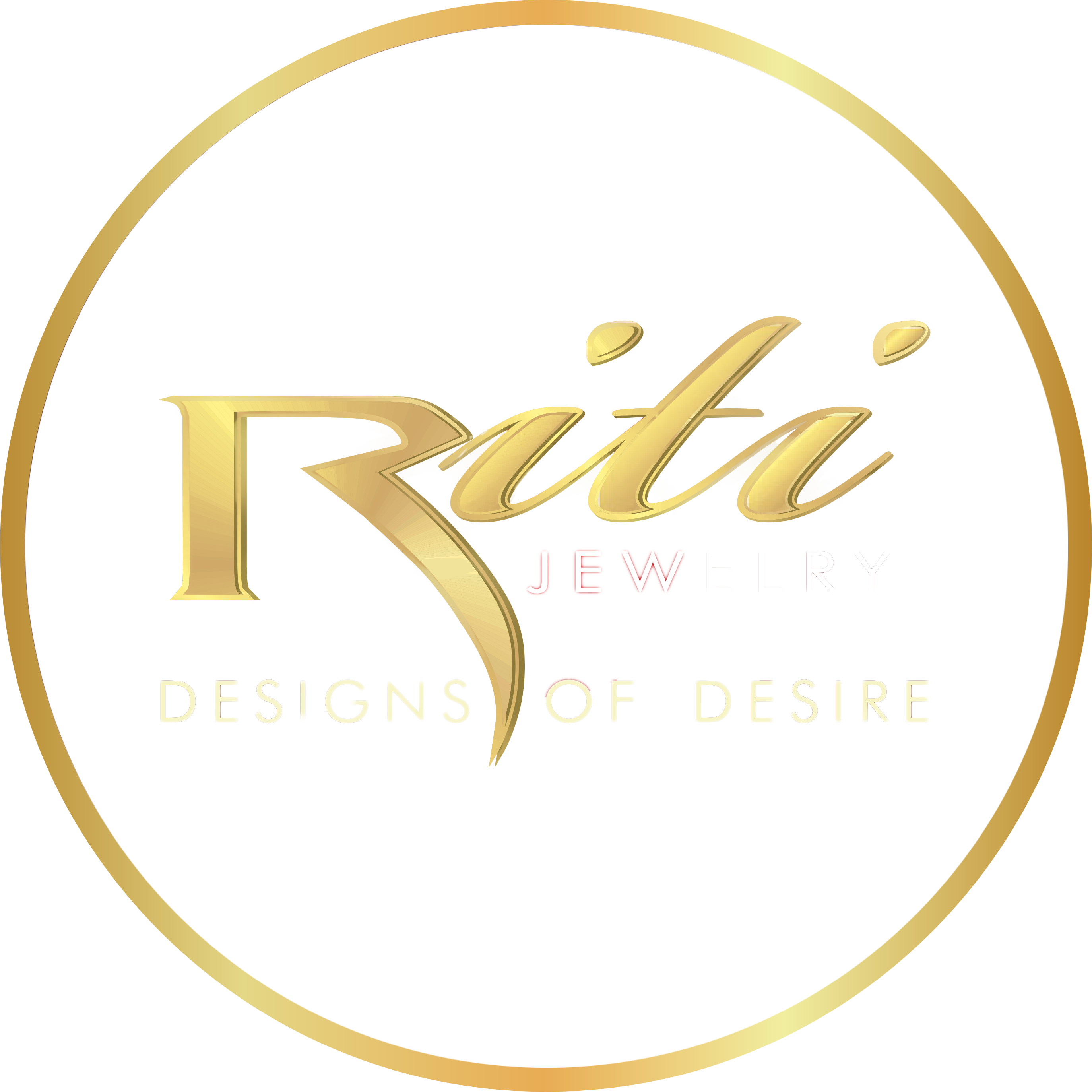- sub-total
- total




For most people, buying a diamond is a new experience, but that doesn't mean it should be overwhelming. Understanding a diamond's quality characteristics is straightforward and simple.
A diamond's quality and price are determined by a set of four conditions known as the four C's:
Cut, clarity, color, and carat. When selecting a diamond, look for one that balances these four qualities without straining your budget. Perfect quality diamonds are rare and extremely expensive, but you can select a slightly less perfect diamond that still appears brilliant to the naked eye.
The cut determines a diamond's shape and brilliance. A well-cut diamond reflects light from one facet to another. If cut too deep or too shallow, light escapes from the diamond prematurely, reducing the stone's quality.

Clarity refers to the purity of a diamond. Most diamonds have some surface blemishes known as "inclusions," but extremely high quality stones have no visible marks and are considered flawless.

Ask the jeweler about the clarity of any diamond you consider purchasing. A reputable jeweler will be honest about a stone's grade and will answer any questions about what that grade means.
The highest quality diamonds are colorless, since colorless stones are rare and reflect light better than tinted diamonds. Most diamonds have slight tints of yellow, which are often impossible to see with the naked eye. Always ask Diamond grading certificate from the Jeweler.

To ensure that the value of a diamond has been properly determined, an independent Laboratory will inspect and write a report on each individual diamond. These reports include A physical inspection of the diamonds and a written report called a grading report, which will Accompany the diamond.
The weight, or size, of the diamond is measured in carats. The more carats a diamond has, the more expensive it will be.
Diamonds may be the hardest substance on earth, but they are not indestructible. While they can be cut or polished only by another diamond, a hard blow can cause them to chip. Never wear your diamond jewelry when doing rough work.
Don't store your diamond jewelry next to other jewelry pieces as this can cause scratches. A fabric-lined jewelry case with separate compartments is Ideal. You can also individually wrap jewelry in soft tissue paper or use jewelry pouches for each piece.
Regularly inspect your diamond jewelry to make sure the setting is secure. Promptly bring it to a professional jeweler if you notice any signs of damage or loosening of the prongs. It's a good idea to have your diamond jewelry examined at least once a year by a professional jeweler. In addition to performing any necessary repair work, your jeweler can expertly clean your jewelry.
Everyday exposure to creams, skin oils, hairspray, household chemicals and other substances can cause buildup that will dull your diamond's brilliance and sparkle. Use a solution of warm water mixed with a few drop of ammonia in which to soak your diamond jewelry. Gentle scrubbing with an old, soft-bristled toothbrush is useful for more extensive cleaning. Rinse and dry with a clean soft cloth.
So how can you keep your diamond looking its very best? Here are some tips on diamond care:
Sometimes an ultrasonic cleaner is necessary to remove encrusted dirt on diamonds. By sending high frequency sound waves through a detergent solution, ultrasonic cleaners cause vibrating fluid to remove accumulated dirt and grime. However, they can also shake loose stones from their mounting, so this method shouldn't be used on fragile settings, and is best undertaken by a professional jeweler.
Regular cleaning will keep your diamond jewelry in gleaming condition and ready to sparkle on that special occasion.
Even though you may wear your diamond engagement ring 24 hours a day, you should still give thought to its care.
If the diamond and setting needs extra help, use a dental irrigation device, such as a Water Pik, to flush away small bits of grime. You can also use a wooden toothpick to very carefully push dirt away from the diamond and setting.

Easy access to order history, saved items & more
Faster check out with stored shipping & billing information
Exclusive offers via e-mail such as discounts and shipping upgrades